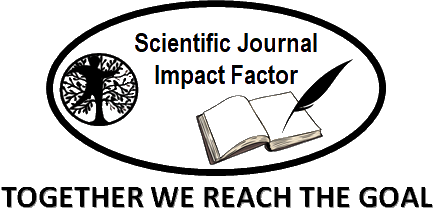Role of freeze-dried oatmeal sourdough in imparting various attributes to sourdough: A perspective
oatmeal Sourdough
DOI:
https://doi.org/10.61363/fsamr.v1i2.39Keywords:
sourdough, oatmeal, oat glucan, lacticacidAbstract
Sourdough is a kind of dough made by fermenting grains, water and active microorganisms, such as lactic acid bacteria and yeast; sourdough starter is an ancient and traditional bread fermentation species. The bread we make is called sourdough bread, which is a natural healthy food. The microbial components in sourdough are complex, and during the fermentation process of sourdough, microorganisms and each component interact with each other to generate a large number of flavor substances, sourdough is a complex biochemical system. In addition to the action of microorganisms and enzymes, the physical properties of dough have also undergone many changes. The definition of sourdough is similar to previous studies on sourdough, illustrating the mechanism of action of sourdough and its use are complex and varied. This perspective discusses the role of oatmeal sourdough and its potential role in imparting various characteristics to sourdough.
Downloads
Downloads
Published
Issue
Section
License
Copyright (c) 2023 Dr Muhammad Suhail Ibrahim; Dr Ahmad Mujtaba, Dr Qaiser Farid Khan, Dr Rashida Perveen

This work is licensed under a Creative Commons Attribution 4.0 International License.







